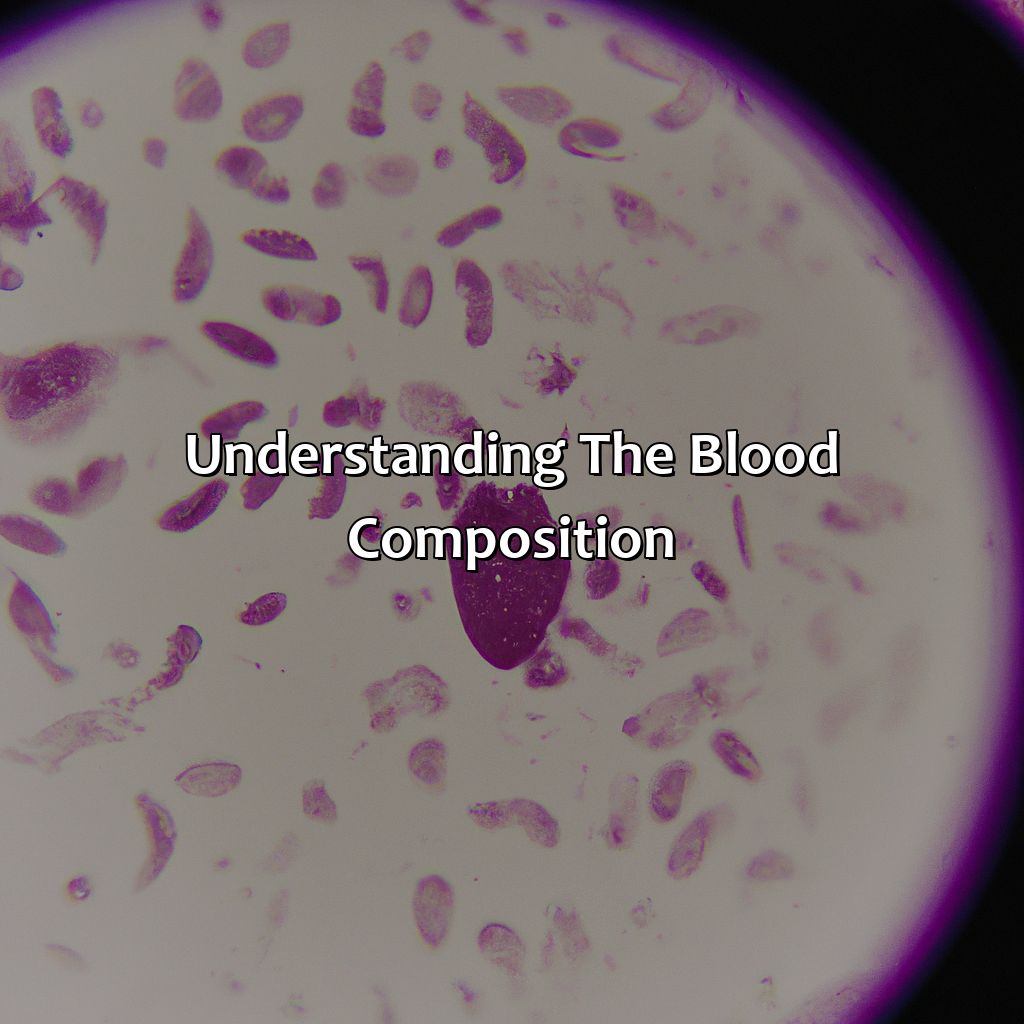Have you ever wondered what gives our blood its signature crimson hue? Most of us instinctively know that blood is red, but have you ever considered why? It’s a question that might seem simple at first glance, but it delves into a fascinating world of biology, chemistry, and the very essence of life itself.

Image: colorscombo.com
The answer lies in the composition of our blood, specifically in the presence of a remarkable protein called hemoglobin. This protein, found within red blood cells, is responsible for transporting oxygen throughout our bodies, a process vital for our survival. But how does this protein, and consequently our blood, get its characteristic color?
The Hemoglobin Connection
Hemoglobin, the star of the show, is a complex molecule made up of four protein chains, each of which houses a heme group. This heme group is the key player in its color-changing ability. The heme group contains a central iron atom, and it’s this iron atom that interacts with oxygen. It’s the iron atom’s affinity for oxygen that allows hemoglobin to pick up oxygen in the lungs and deliver it to the tissues throughout the body.
When oxygen binds to the iron atom in the heme group, the molecule changes shape. This change in shape causes the hemoglobin to reflect different wavelengths of light, giving the blood its vibrant red color. When oxygen is present, as in the arteries transporting oxygenated blood from the lungs, the hemoglobin takes on the bright, red color we associate with blood.
The Deoxygenated Mystery
But what happens when the blood is deoxygenated? That is, when it has delivered oxygen to the tissues and is returning to the lungs for a fresh supply? This is where things get a little more complex. While deoxygenated hemoglobin does reflect light differently, it doesn’t exactly turn blue, as you might expect from those classic medical dramas.
Deoxygenated hemoglobin actually absorbs more red light and reflects more blue light, giving the blood a darker red, almost purplish hue. However, this hue is less noticeable because the blood in veins is typically deeper within the body, making it harder to observe. That’s why when you see blood, it usually appears red, even when drawn from a vein.
Color Variations: The Blood Spectrum
Interestingly, blood isn’t always a singular shade of red. Its color can actually vary depending on several factors, including:
- Oxygen saturation: As we mentioned, the amount of oxygen bound to hemoglobin influences the color of blood, with high oxygen saturation leading to a bright red color and lower oxygen saturation resulting in a darker red.
- Flow rate: The speed at which blood flows also affects how light is reflected. In slow-moving blood, the color can appear darker than in fast-flowing blood.
- Concentration: Blood that is more concentrated in red blood cells, such as in individuals with certain medical conditions, can appear darker.
- Lighting conditions: As with any object, the way light interacts with blood will influence its perceived color. The color might appear more vivid in bright light and duller in dim lighting.

Image: www.pinterest.com
The Color of Life: Blood’s Essential Role
The color of blood goes beyond mere aesthetics. It is a powerful indicator of our well-being, providing a glimpse into the intricate processes happening within our bodies. The bright red hue of oxygenated blood signifies that our circulatory system is functioning efficiently, transporting life-giving oxygen to every cell in our bodies.
Doctors carefully observe blood color and oxygen saturation levels to diagnose health conditions. The color can signal everything from simple anemia to more serious complications. The color of our blood is a silent testament to the remarkable workings of our circulatory system.
What Color Is Blood In The Body
https://youtube.com/watch?v=zKV0p2-jes8
Exploring Further: The Wonders of Blood
The color of blood is just one fascinating aspect of this vital fluid. The story of blood is one of incredible complexity, evolution, and the delicate balance of life. From the microscopic level of red blood cells carrying oxygen to the grand symphony of the circulatory system pumping blood throughout our bodies, there is an endless amount to learn and explore.
Whether you are a curious individual or a student of medicine, understanding the science behind the color of blood opens a door to a deeper appreciation for the intricate workings of the human body. The next time you look at a drop of blood, remember that it is not just a red liquid; it is a testament to the miracle of life itself.

:max_bytes(150000):strip_icc()/OrangeGloEverydayHardwoodFloorCleaner22oz-5a95a4dd04d1cf0037cbd59c.jpeg?w=740&resize=740,414&ssl=1)




